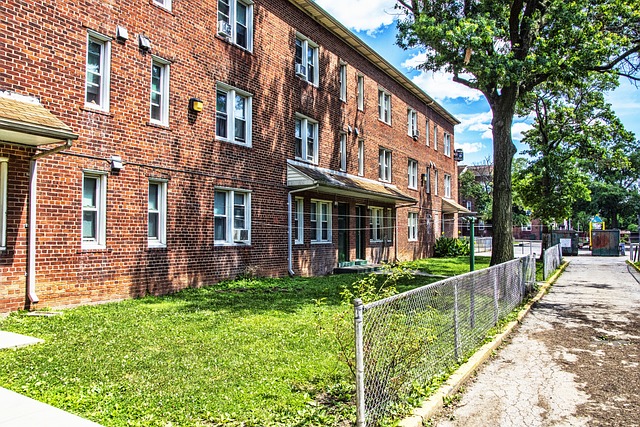By Natalie Adams
Housing rental costs in Maryland have been above the national average since at least 2018. Even as average rents started to level out in January and February of this year, rents in Maryland are still above the national average.
Rents were relatively stagnant before the COVID-19 pandemic, but spiked with pandemic inflation. In 2023, rents appear to be balancing with the help of disinflation and some local legislation. 2023 data is current through February of this year.
Rents in Maryland are consistently higher than the national average. Rents for the state as a whole were an average of nearly $350 greater than the national average, while Baltimore was an average of $250 greater and Annapolis an average of $800 between 2018 and 2023.
Maryland and Baltimore have seen relatively stagnant numbers through these years, while Annapolis has seen an exponential increase, from rents $700 greater than the national average in 2018 to $900 greater in 2023.
The major metropolitan areas in and around Maryland make it a desirable — and therefore more expensive — place to live. With Washington, D.C., Baltimore and Annapolis all serving as job centers, rents in the area tend to be high.
“One thing that easily drives [rental prices] is the fact that the major part of housing in Maryland … is the Washington, D.C., suburbs,” said Brian Gilmore, a legal expert in landlord-tenant relations and housing and a lecturer at the University of Maryland. “It’s not the entire state, but I would say the suburbs drive it.”
Rent in the Maryland metropolitan area remained relatively level between 2018 and 2020. Rent in Maryland, Baltimore and Annapolis increased by about 3% during this time, in line with the national average increase of 2.7%.
But in 2021, rents jumped in many areas. Rent increased nearly 8% in Maryland and Baltimore, nearly 10% in Annapolis, and about 9% nationally.
Another rent spike came in 2022. In Maryland and Baltimore, rent increased by about 8%, while Annapolis rent jumped nearly 10%. Nationally, average rent increased more than 11% during this time.
Gilmore said there are market solutions to help renters stay in their homes amid rent increases. Giving tenants ample time to plan and prepare for a rent increase and multi-year leases at a set rate are two solutions that can help tenants afford their rental long term.
“[Market solutions] will work better to help the consumer because my experience has been that unexpected rent increases would just drive a person right on out,” Gilmore said. “People like to stay because — especially if they have children — school districts, getting to know some people in their community, knowing how to travel back and forth to work. … If they have some time, maybe they will stay.”
These rent spikes came in the wake of limits on rent increases during the COVID-19 pandemic. Some Marylanders had to choose between paying sudden, large rent hikes and leaving their long-time residences.
To combat this issue, Maryland state Del. Melissa Wells, D-Baltimore, introduced a bill in February in the Maryland General Assembly that will create a minimum period of notice for large rent increases. The bill has passed the Maryland General Assembly and is waiting for sign off from the governor. It would take effect October 1, 2023.
The bill will require landlords to notify tenants of rent increases of more than 4% at least four months in advance.
“Tenants were not given the proper notice to make the decision on if they could afford the rent increase or if they needed to find a new living situation … this often was resulting in evictions,” Wells said at the Judicial Proceedings Committee meeting on March 28. “What [this bill] aims to accomplish is to give tenants that time they need to make the decision that works best for them and their families around extension of their lease or non extension.”
Rent appears to be leveling out in 2023. Early in the year, Baltimore rent has increased by about 1%, Annapolis rent has increased less than 1% and Maryland and national rent has decreased by about 1%
With constant talk of inflation and Americans across the country struggling to afford rent, this recent stagnation seems unusual. Inflation has been decreasing since mid-2022 and the Federal Reserve is optimistic it will continue to improve.
Headline inflation, a monthly raw inflation figure reported by the Consumer Price Index, peaked in June 2022 at 9% and consistently decreased through the end of the year. The sudden change was spurred by the Federal Reserve increasing interest rates, China reopening its markets and increasing global supply chain production.
“You see inflation now coming down because supply chains have been fixed, demand is shifting back to services and shortages have been abated,” Federal Reserve Chair Jerome Powell said at a press conference in February. “It is gratifying to see the disinflationary process now getting underway and we continue to get strong labor market data.”




Recent Comments